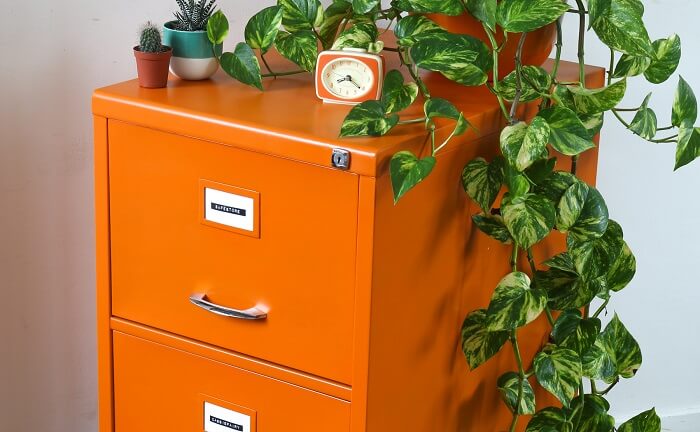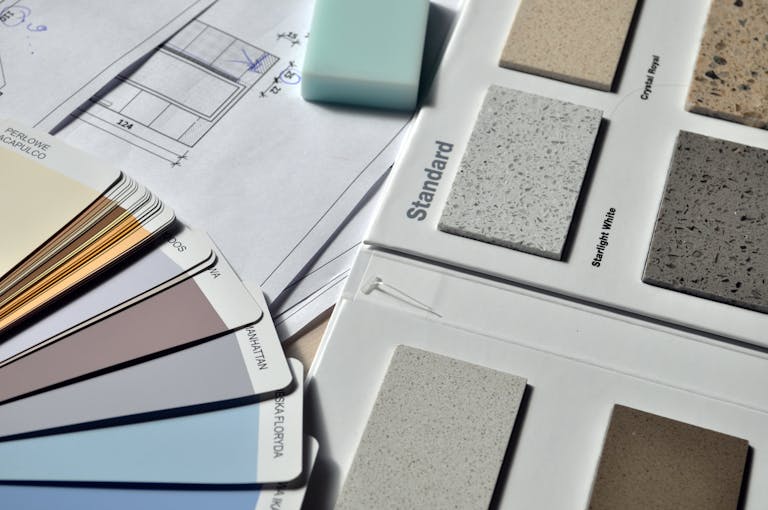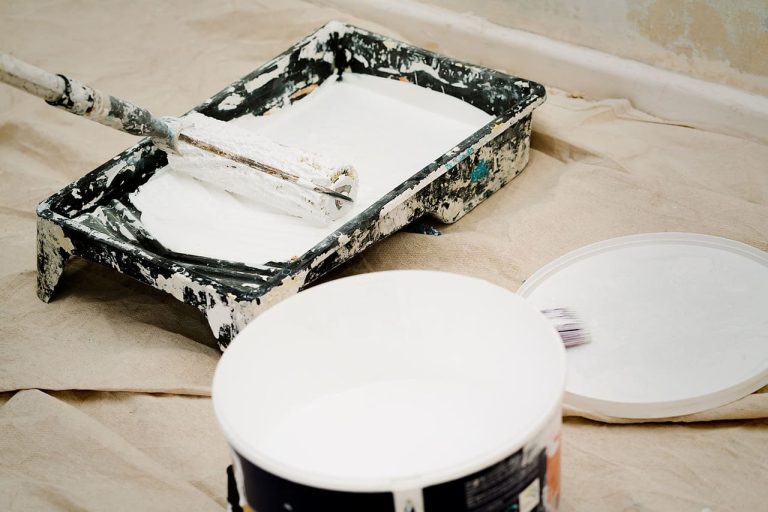Can You Paint Over Powder Coat? Best Tips For Unbelievable Finish
Despite its highly robust and durable finish, powder coating is still vulnerable to scraping and degrading over time. Thus, many consider overlapping this coating with paint. But the real question is: “Can you paint over powder coat?” To find the answer, we have collected tons of experts’ advice and tried for ourselves.
In today’s article, we will unveil all the myths behind projecting paint on powder-coated surfaces. Keep reading for some must-know tips.
Can you paint over powder coat? An Honest Answer.
Definitely yes.
Painting over powder finishes is possible, yet only if you get it done correctly. There are two significant adversities you might find during the painting process.
First and foremost, powder coating provides users with a sleek and dull surface. As a result, when you try to overlap liquid paint onto this powder-coated surface, it would be challenging for the new layer of paint to stick to the previous finish.
Then you’ll have to think about the performance. As mentioned above, powder coating offers a complete solution to abrasions, scratches, and damages against severe weather conditions.
Thus, if the paint you use to coat the powder finish isn’t up to the corresponding requirements, the overall result wouldn’t be satisfactory. That being said, if you intend to apply paint over your powder-coated surface, make sure to start the task with extra attention and precautions.
4 Steps to prepare the optimal powder coatings for painting
- First, clean the intended area to provide a clear surface for smooth painting. Kindly remove all the debris, dirt, and minor components. Use a brush if you face small loose objects.
- Then, it’s time to think about ways to approach the surface. For extra adhesiveness, you would like to use fine sandpaper to sand down the powder-coated area’s sleek surface. As a result, your painting process would promise a more effective outcome.
- Use a suitable solvent potion to clean the area once again.
- Lastly, utilize warm water to rinse the surface. Let it sit until fully dry.
Get the area ready

To prime the area you’d like to paint, make sure you use a primer. Any kind of primer would be acceptable as long as it’s compatible with your surface’s material. In other words, depending on your initial surface, various primers will be the most suited.
Also, priming acts as a perfect adhesiveness test. Kindly use a small amount of primer on the spot, let it sit from 20 to 30 minutes. Then, use a washcloth and try wiping the spot.
Read more: How Long Does Primer Take To Dry?
If there is any sign of smears or smudges, your surface might not be ready for painting as it doesn’t offer enough adhesiveness for the paint to stick.
Otherwise, if those signs don’t appear, carry on your task – your surface is ready.
Start painting the area.
After the primer sits still, you can start your painting process. Similar to the primer selection, pick a liquid paint that is compatible with the surface’s material.
Most of the time, epoxy-based paints will be our choice when it comes to adhesiveness. However, if you’re on a budget, enamel products might be what you’re searching for. Don’t worry about its quality! Despite being cost-effective, enamel paints still work well on various surfaces, especially metal ones.
One more thing to keep in mind when choosing your paint is to decide your desired coating and finish. If you intend to layer several coats, make sure you let one coat dry before starting another. In our opinion, multiple layers would work the best.
Read more: Best Paint For Metal Railings
Notable tips for best painting
If you follow those steps above, the chances are that you’ll achieve remarkable outcomes. However, for better results, consider these tricks:
For a flawless facade, make sure to sandblast the surface beforehand. It will eliminate all the rough patches of the surface, providing a smooth and flat area to work on. Also, when the oxidation level is too high, using sandpapers would be the optimal solution.
All in all, preparation plays the most significant role. There is no way you cannot achieve an excellent painting finish over a powder-coated area if you set it up correctly.
FAQs
What is powder coating?
Powder coating gives off a metal finish and is usually favorable for mechanical devices. This dry coating process is famous for top-notch outcomes regarding both appearance and function.
Not only does the finish last long, but it is also highly versatile. Several suitable surfaces are plastics, compressed, metal, and steel. This finish would also perform well both inside and outside. Yet, it is incredibly affordable.

Can we use chemical strippers to remove powder coating?
Yes. Using chemical strippers is one of the most well-known options to remove powder coating.
The most significant advantage of this technique is the even surface it results in. While the sanding approach can leave scratches or smudges, chemical strippers would maintain a uniform surface, leading to easier painting later on.
Moreover, the reasonable price and its availability are also huge pluses. You can easily find these products at any supermarket. Also, they are an absolute one-time option for those who don’t intend to repeat the process from one time to another. In other words, it is the best choice for home use.
To sum it up,
There you go. We have answered everything you need to know on the question: Can you paint over powder coat? Follow all of our tips above, and we make sure you’ll achieve smooth and sleek layers of paint on any powder-coated items. Try it for yourself.






